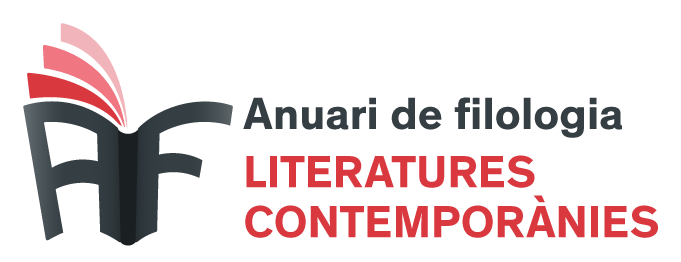A DESCRIPTIVE-EXPLANATORY APPROACH TO EUPHEMIZATION: THE TRANSLATION OF THE "PAINTED BIRD" INTO TURKISH
DOI:
https://doi.org/10.1344/AFLC2022.12.2Abstract
Euphemization regarding sexually-loaded texts should not merely be considered as a translator’s personal choice, but as an alternative strategy to handle multifaceted dynamics of publishing world, especially efficient in the case of restrictive publishing contexts, which might require evasion to ensure trouble-free publication and to minimize the risk of censorship, prohibition, and confiscation. This study examines the treatment of sexually-loaded scenes by the two Turkish translators of Painted Bird, Polish-American writer Jerzy Kosinski’s master-work of a shattered post-War Europe, and to explore the strategies used in the target text to mirror and propagate ideological hegemony in Turkish context, focusing on the euphemization processes. The theoretical framework was built upon Descriptive-Explanatory Translation Studies (Toury 1995: 33; 1998: 11) (henceforth DETS) backed by Critical Discourse Analysis (henceforth CDA) in which Fairclough’s (1992a: 4; 1992b: 213) three-dimensional model consisting of text, discursive practices and social practices creates a supportive plane. DETS employed in this perspective throws light on translators’ incorporation of euphemistic strategies as preemptive attempts to minimize social and political risks as the reflections of the internal dynamics of the country.
Downloads
Published
How to Cite
Issue
Section
License
The authors who publish in this journal agree to the following terms: Authors retain copyright and grant the journal the right of first publication.Texts will be published under a Creative Commons Attribution License
that allows others to share the work, provided they include an acknowledgement of the work’s authorship, its initial publication in this journal and the terms of the license.





